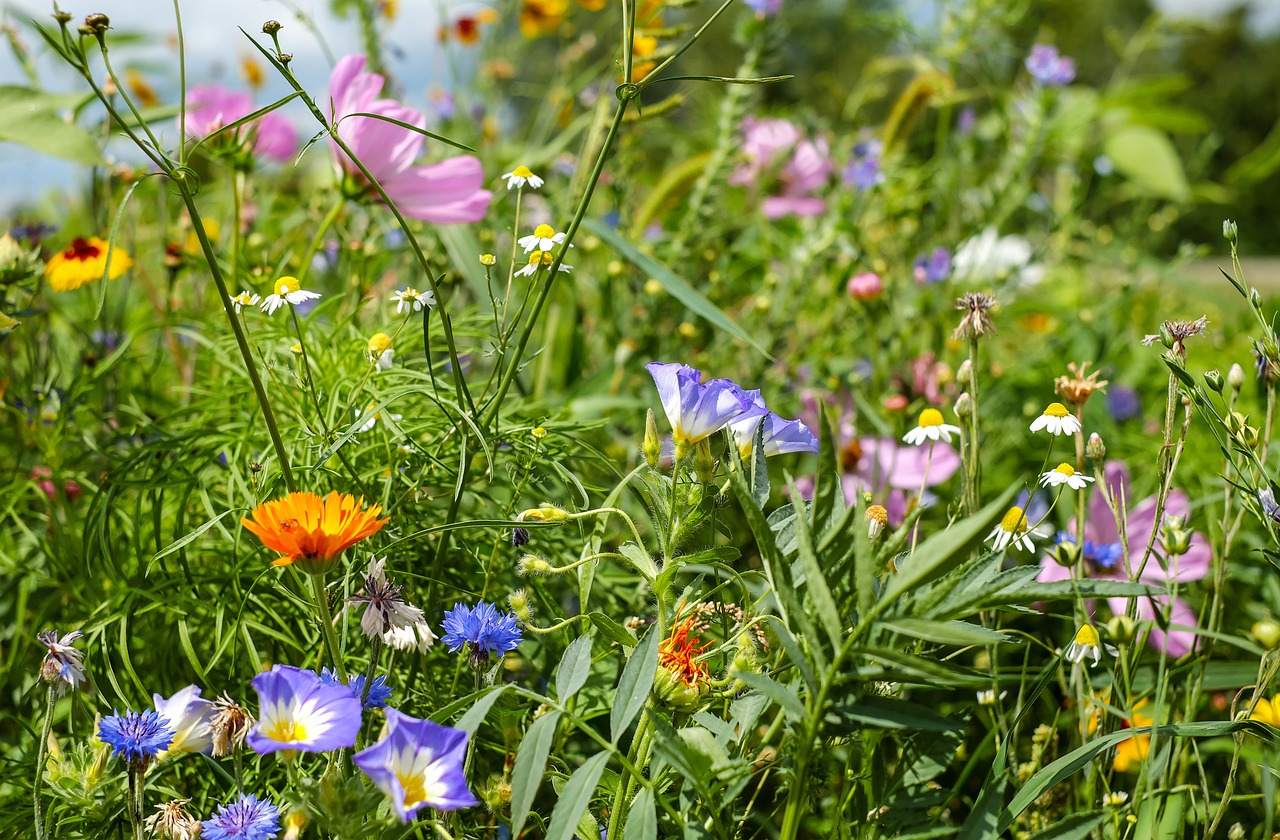Mapping the Benefits of Farm Biodiversity
Author: Liz Carlisle | Published: April 3, 2017
Ninety miles south of San Francisco, the farm town of Watsonville looks like it may have been the inspiration for the Beatles hit “Strawberry Fields Forever.” In wintertime, long strips of black plastic cover the earth, as growers fumigate next year’s strawberry beds with compounds like chloropicrin, which has been designated by both the Environmental Protection Agency and the California Department of Pesticide Regulation as an air contaminant.
Because strawberries are so often planted on their own here, year after year, the industry has resorted to these chemicals to control soil-borne fungal diseases like verticilium, which thrive in the company of their strawberry hosts. But organic grower Javier Zamora has a different strategy.
“I make sure before and after strawberries there’s always something different,” said Zamora, whose JSM Organic Farms has expanded from 1.5 acres to over 100 acres in just five years. “I normally plant broccoli right after—no potatoes, no tomatoes, no eggplant in the three years between strawberries. Those things host the same diseases.” Diversifying his crops hasn’t completely eliminated pests, Zamora said, but it’s made them easier to manage so they don’t damage his harvest. It also relieves the pressure of soil-borne diseases.
In addition to carefully planning his crop rotation, Zamora also mixes things up by intercropping—planting marigolds at the end of his strawberry beds and perennial flowers like lavender in between them.
“Every flower will have a benefit of hosting some beneficial insects and it’s also something I can sell at market,” Zamora said. An immigrant from Michoacán, Mexico, Zamora enrolled in community college at age 43 before entering the Agriculture and Land-Based training Association (ALBA) program to pursue organic farming. He attributes his success to his disciplined crop planning and attention to soil health. “When you’re very diversified like I am,” Zamora said, “you have to be on top of your game. I already know where my 2018 strawberries are going to be planted.”
Using ‘Distant Genetic Cousins’ to Improve Farming
While Zamora has been planning out his rotations, a postdoctoral researcher two hours north in Berkeley has been analyzing dozens of studies of farms that grow a diversity of plants and rotate their crops, to try to understand which rotations promote better pest control. David Gonthier, who was recently hired as an Assistant Professor at the University of Kentucky, has no doubt that crop rotation is an effective tool for breaking up pest and disease cycles, as well as improving soil health, managing nutrient balance, and improving water retention—benefits that ecologists have corroborated in recent studies from Iowa to Ontario.

